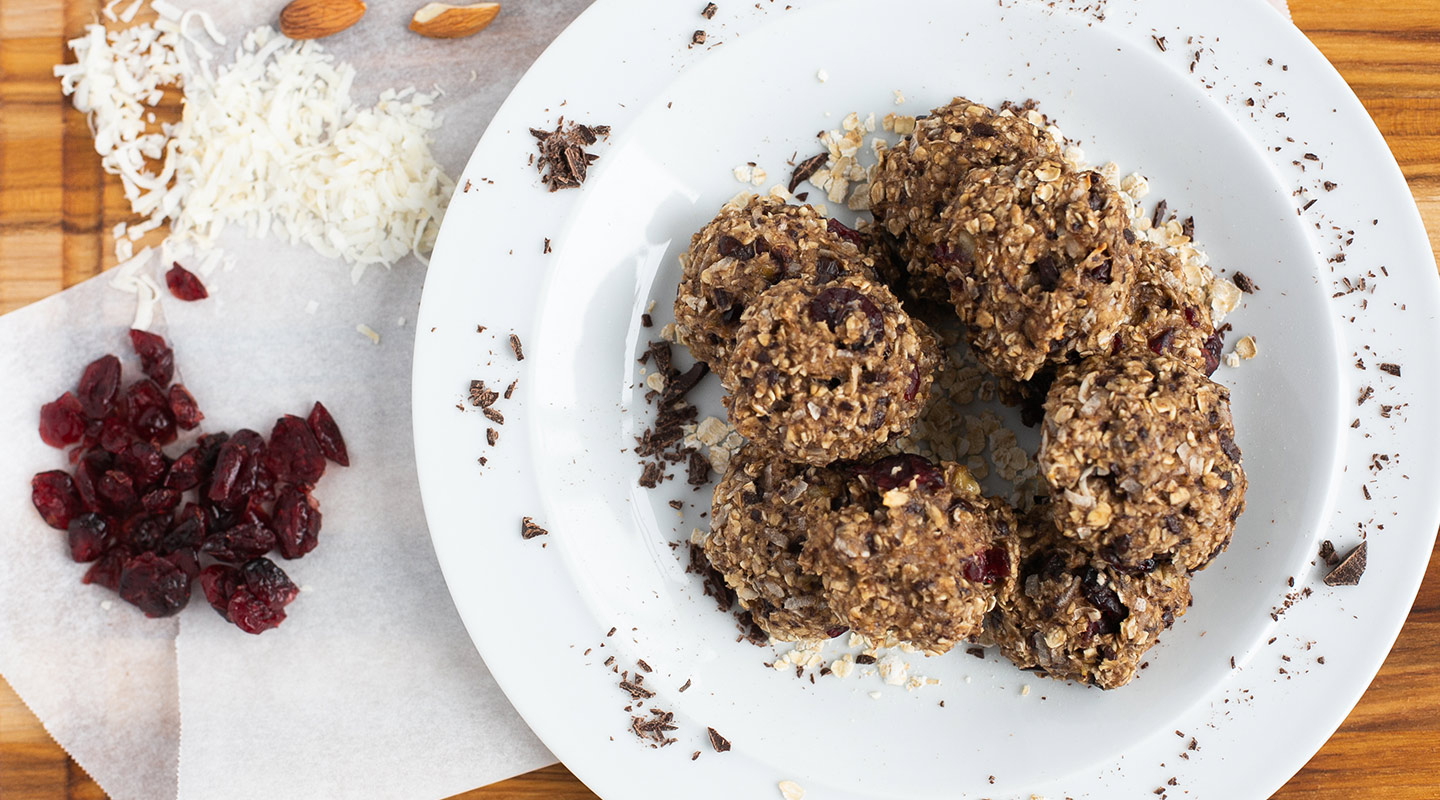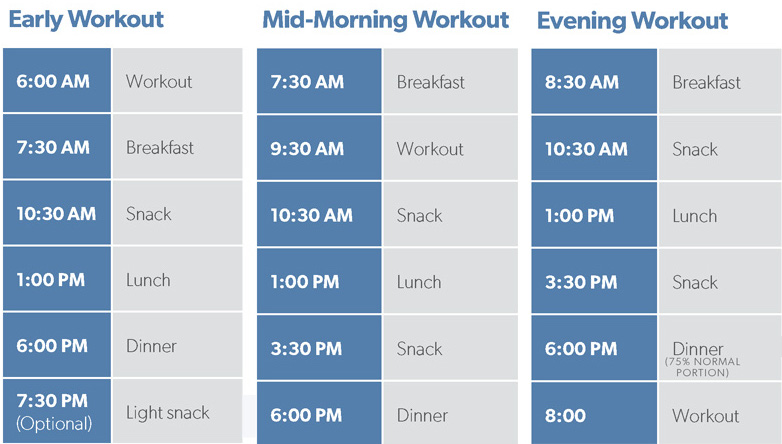
Stephanie Margolis, R.D.
Does this sound familiar?
You’ve worked out, you feel like you’re eating right, but you just aren’t getting the results you want. Maybe you struggle to have the energy to workout and feel like it’s something beyond just “mom-tired.”
Of course, because you know this is a nutrition article, you’ve probably already guessed the problem … yup, the reason may be in your food! The way you eat before and after your workout can have a huge impact on your training results and your energy levels for the rest of the day. Here we are going to break down the fitness fuel.
I’m going to be blunt: if you don’t have a balanced diet focused on whole foods, you will not get the results you want by just focusing on your pre- and post-workout foods. Furthermore, if you are doing a low to moderate intensity workout that lasts less than 60 minutes, you may not need to do much outside of your normal meal pattern. But, if you are really putting the intensity in (even in less than 60 minutes) or are exercising for more than an hour each day (and this can include a MIF workout + a moderate paced walk) then keep reading!
One of the key elements to fueling yourself to workout has to do with hydration. Making sure you are drinking enough water or other non-sugary, non-caffeinated beverages. This will help you have the energy you need to push yourself. Multiple studies have found that being dehydrated by just 2% can lead to increased fatigue, decreased short-term memory, and decrease in attention.
How much water you need can be based on several things like time of year, overall activity, and body composition. The Institutes of Medicine recommends the average woman drink 74 ounces of water each day. If you are pregnant the recommendation goes up to 80 ounces and breastfeeding you need at least 104 ounces.
You also want to think about what you are eating in the two hours prior to your workout.
You’ve done your workout, first thing on your list … drink! Yup, more water! Once you’ve done that, it’s time to move on to the food. Before we get into the nuts and bolts, I do want to pause and say, these pre- and post-workout snacks are part of your overall intake for the day. Think about them as “part of” your normal intake, not “in addition to.” This means on days you workout, your overall intake is not going to be significantly higher than your intake on days you do not workout. You don’t “earn” calories working out.
Ok, back to it. During your recovery there is something referred to as the optimal recovery window. This is the time where your body is prepped to soak in the good stuff you’ll feed it — you will quickly see that glycogen (aka: glucose, aka: carbs) are key in this recovery phase. Your cells are most sensitive to insulin after a workout which better facilitates the entry of glycogen into the cells to be stored. This provides energy for later workouts or when you’re chasing your toddler around.
We also know that getting enough glycogen after a workout will hinder the breakdown of muscle protein, leaving your muscles stronger, less sore, and ready for the next thing. Finally, during this recovery time your body is pumping out more protein phosphatase which stimulates the production of glycogen, again meaning more energy for future workouts.
Ideally your recovery foods should happen within 30 – 90 minutes after your workout and should be in a 4:1, carbs: protein ratio. This looks like:
Keep in mind, you want to listen to your body and look at how your recovery foods fits into your day. At one point I worked with a running team and many beginning runners would be frustrated when they weren’t losing weight like they wanted to. When we looked at their food recall, it was because they were quickly out-eating their early morning 3 mile run with a 300-calorie recovery snack followed by a large breakfast a little later. If this is something you struggle with, try to move your workout closer to your meal or reduce the size of your recovery snack to leave room for a filling meal. As I mentioned, this recovery phase is just one piece of your overall diet.
Ah, great question! If you are fasting and workout in the morning, your recovery snack is even more important. Studies have shown that when someone works out in a fasted state their protein is actually in a negative state after the workout. This means refuel! So if you are a person that is working out fasted, you need to really focus on a balanced carb and protein recovery snack within 30 – 90 minutes of your workout. You can have a little more protein than a person not fasting, which looks like:
Below you will find simple guidelines in timing your workouts with your fuel.

No matter what you are doing to train your body, you want to line up your nutrition to support that. Focusing on how you fuel your fitness will provide you more gains and with less pains. (It’s all true but seriously, could I fit any more “cliche” sayings into one short paragraph?!)
